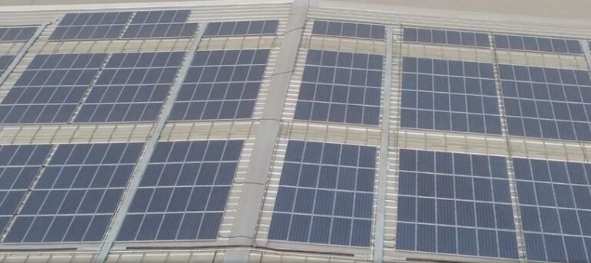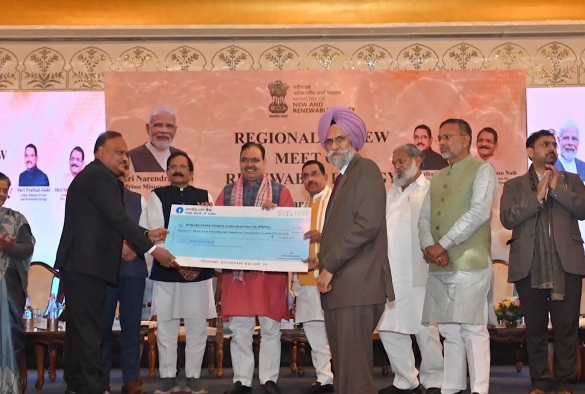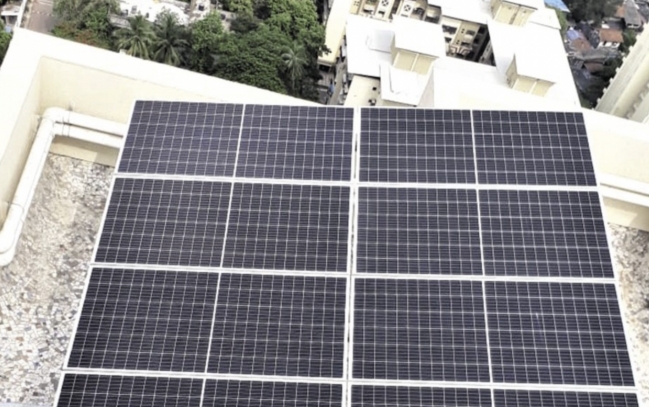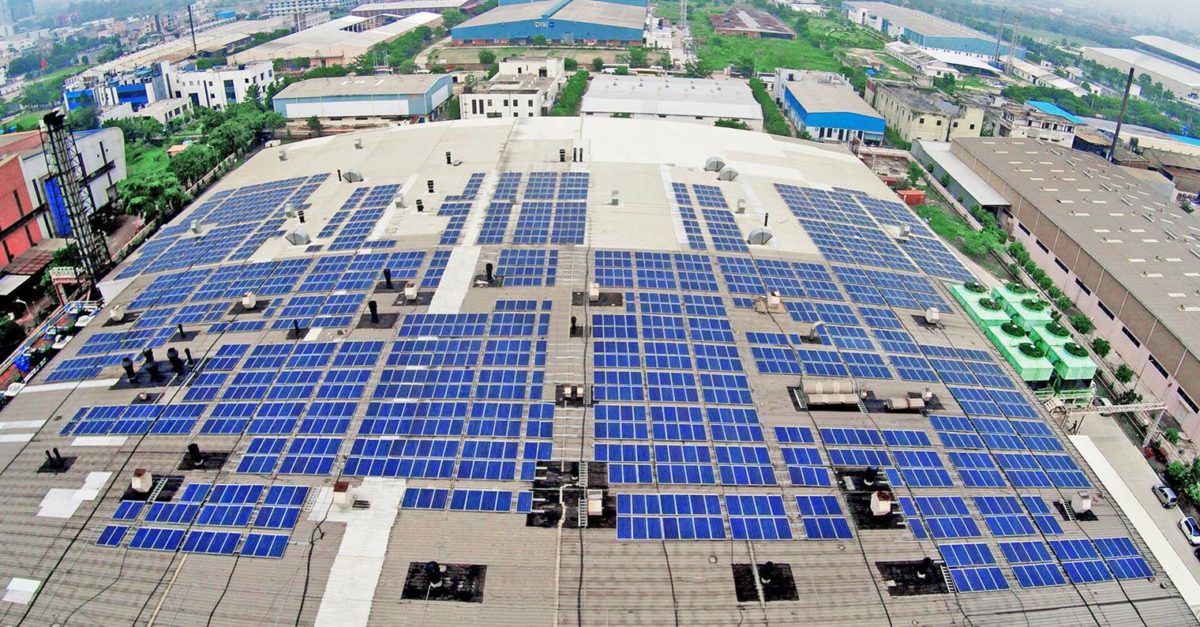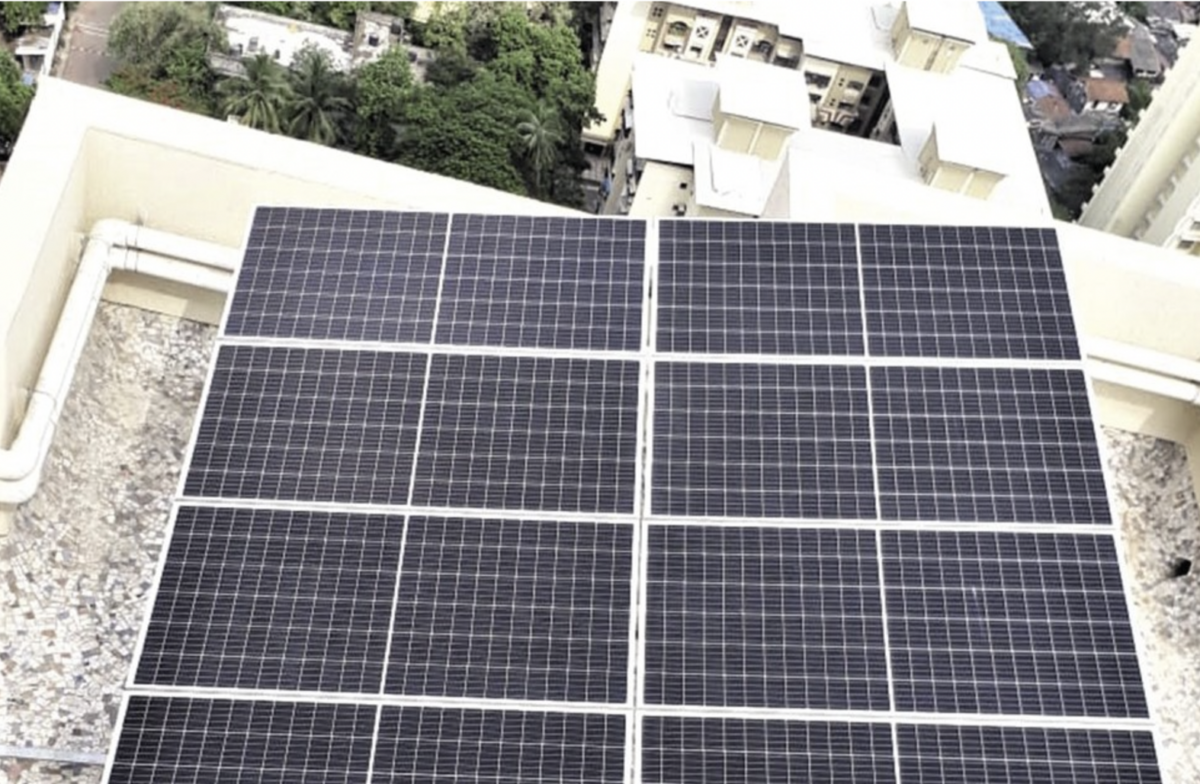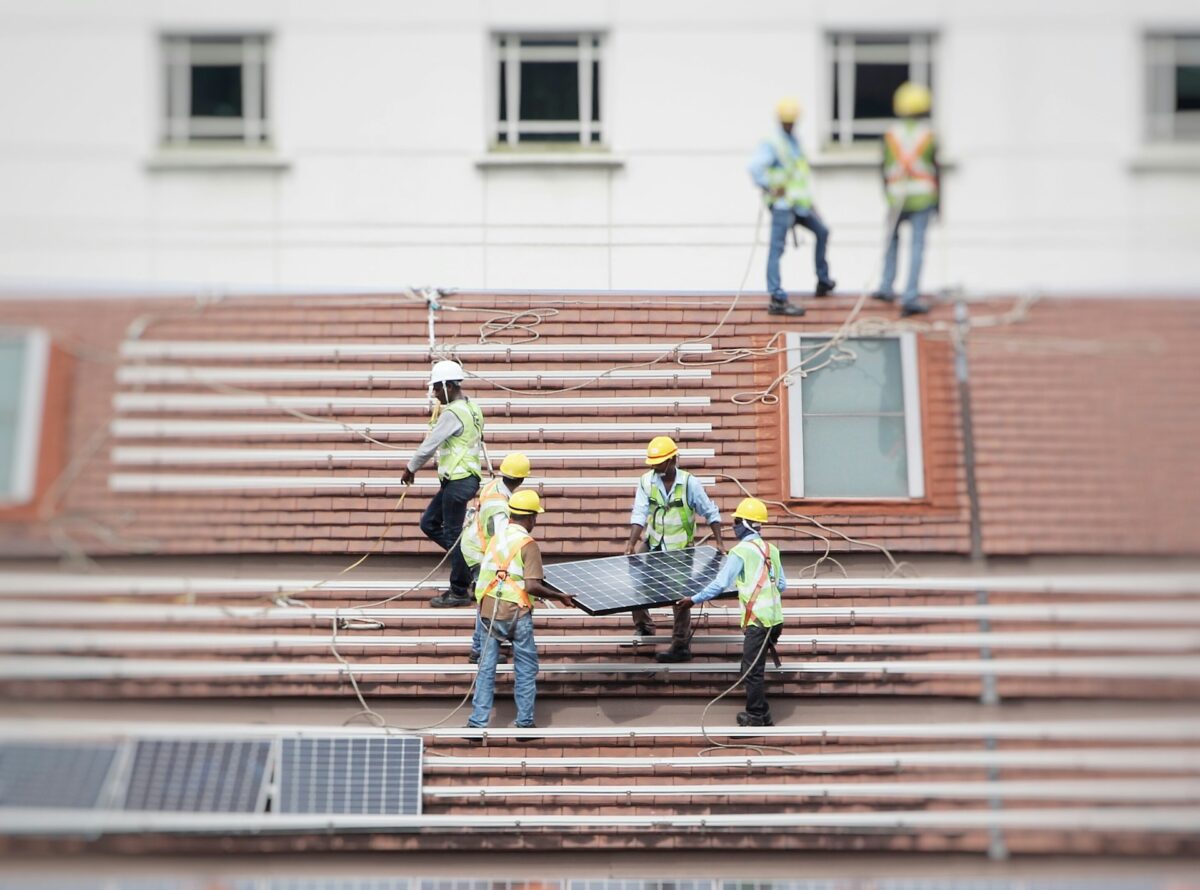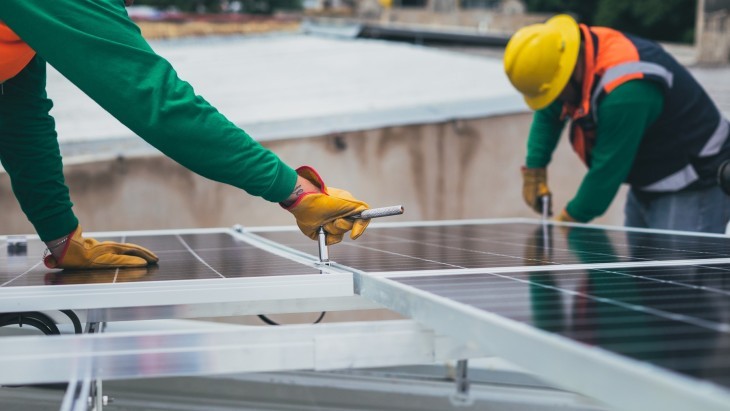
India’s pursuit to meet its ambitious 450-gigawatt (GW) renewable energy target by 2030 is at risk of slowing down with a new measure that will levy custom duties on solar equipment with rates up to 40%, argued Institute for Energy Economics and Financial Analysis (IEEFA) Energy Economist Lead India Vibhuti Garg. She even posed a warning that this could do more harm than good.
Beginning 1 April 2022, a 25% basic customs duty (BCD) rate will be imposed on solar photovoltaics (PV) cells and 40% on solar modules. Although these rates are intended as a stimulus to domestic manufacturing, Garg said manufacturers might be unable to meet the demand for renewable energy growth in India.
“The imposition of BCD will increase the costs and thereby tariff from renewable energy projects. The renewable energy developers will find it increasingly difficult to find off-takers for such expensive power,” Garg told Asian Power in an exclusive interview.
She added that a huge resistance is expected down the line as electricity distribution companies that are already burdened with poor financial health also face difficulty in passing on tariffs to ultimate consumers.
Unprepared local manufacturers
India’s targets, according to the IEEFA, will require between 35GW to 40GW of annual installation of renewable energy. The Central Electricity Authority, meanwhile, noted in its Optimum Energy Mix report, that the country will need an additional 25GW of solar energy capacity annually until 2030 to fulfill its target.
This poses a challenge considering India’s manufacturers produce only about 18GW of solar modules and 4.3GW of solar cells. Garg said the country could miss its target because the actual production of solar equipment at any given time is “significantly lesser” as most solar manufacturing facilities in India operate at a capacity utilisation factor of less than 50%.
The country has also been heavily reliant on imported solar equipment. In a report, Fitch noted that in 2021, India imported more than 80% of its solar cells, amounting to 604 million units.
To address this, the BCD on solar PV cells and modules intend to supply chain disruptions, as well as project delays, according to Fitch Solutions. The Ministry of New and Renewable Energy (MNRE) said that the BCD serves as safeguard duties after the country’s solar capacity additions were affected by limitations in trading solar modules and cells.
The MNRE also plans to turn India from an importer of solar equipment to an exporter, providing other countries with an alternative avenue for their solar power needs.
Whilst this is the case, Fitch Solutions shared the view that India’s domestic market “might not be ready for such an aggressive push.”
“Going forward, as duty taxes grow higher and policies on solar equipment imports grow stricter, domestic manufacturers will need to accelerate their manufacturing quantity and product quality,” the report read.
Fitch forecasted that in the short-term, India could see an average of 11% annual growth in solar power capacity to 140GW in 2031 from 59GW in 2022; but the inability of domestic manufacturers to meet the demand could expose this projection to downside risk—a supply and demand mismatch.
Despite this, Fitch expects the manufacturing industry to overcome this risk as private companies, such as Reliance Industries, invest in India’s renewable manufacturing sector. This is also on top of the move of the MNRE to set quality assurance processes for solar manufacturing to keep the solar panel’s quality within the International Electrotechnical Commission’s standards.
In this light, Fitch maintains that India is still on the trajectory for a strong solar power generation growth, reaching 221 terawatt-hour (TWh) in 2031 from 93TWh in 2022.
Deferment may be in order
Notwithstanding its concern over the capacity of domestic manufacturers to meet solar equipment demand, Fitch no longer expects India’s government to postpone the effectiveness of the new BCD. But IEEFA’s Garg is of the position that the “government needs to defer its decision to impose BCD,” subject to measures that will protect the interest of domestic developers that could lose cost advantage against their imported counterparts.
“The imported technologies are more efficient. So the government should provide filip to domestic manufacturing by schemes.”
This may be in the form of direct support to domestic manufacturing, such as the production-linked incentive scheme, access to finance at lower rates or support to research and development.
“This would give a fillip to domestic manufacturing and help the government achieve its goal of self-reliant India and at the same time ensure achievement of renewable energy target,” she said.
“The Indian domestic manufacturing is lagging behind technology, so the government should create conducive policies for technology innovation and availability of finance. Imposition of BCD will not solve any purpose.”
